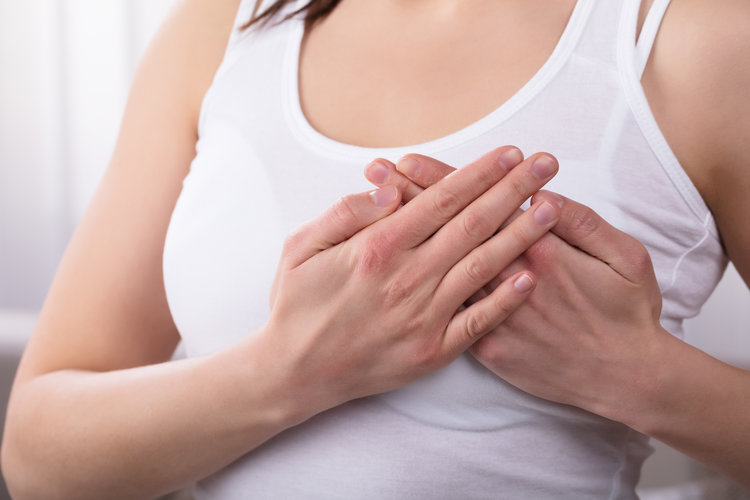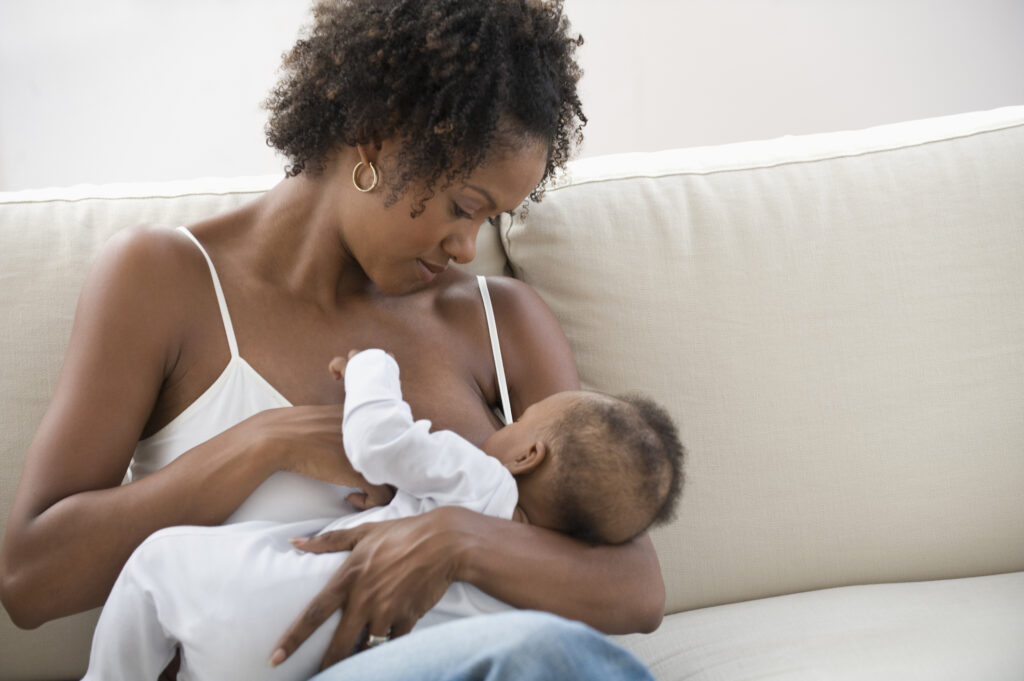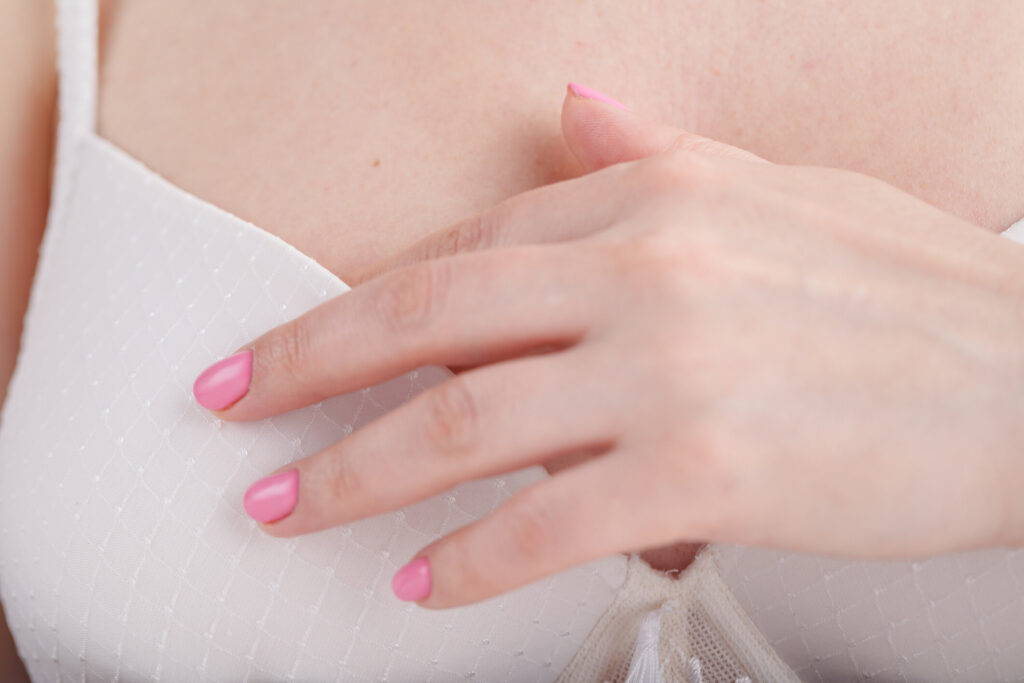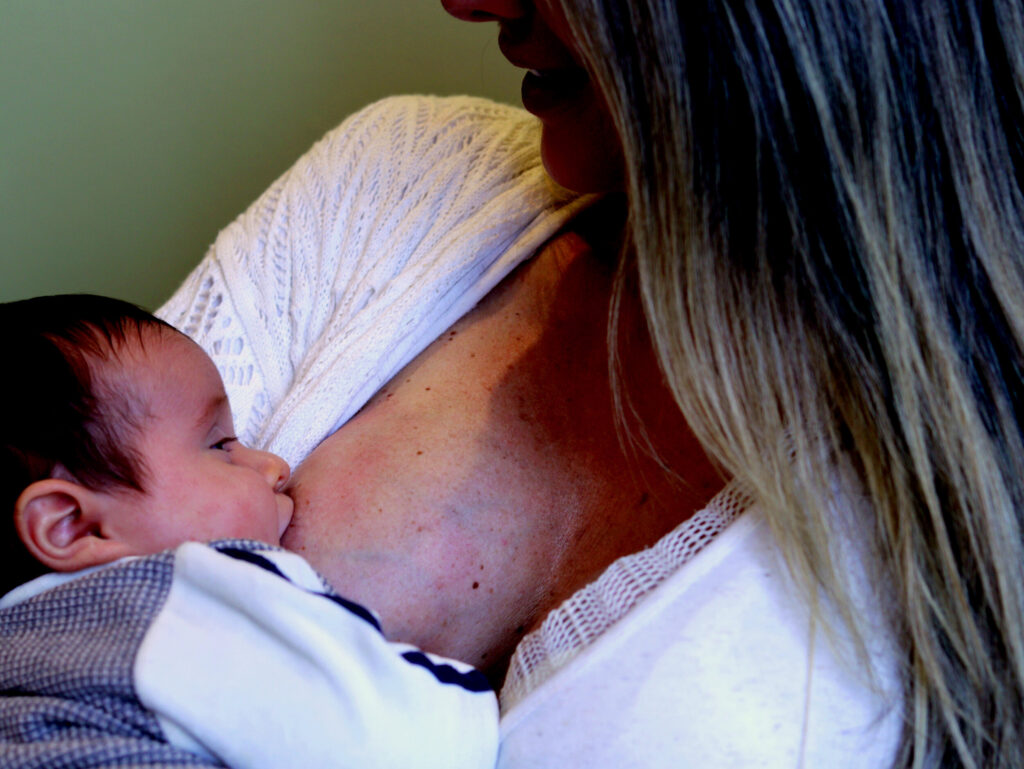
Mastitis is a common condition among lactating mothers. It can often be caused by not removing enough milk from the breasts, which is sometimes referred to as milk stasis. Whenever you notice breast lumps, pain, or redness, guidance from your health care team right away can help prevent conditions from worsening.
Mastitis can be feel like the flu and be painful. The Academy of Breastfeeding Medicine (ABM) defines mastitis as a tender, hot, swollen, wedge-shaped area of breast associated with a mother having a temperature of 38.5°C (101.3°F) or greater, with chills and aching. The ABM further described mastitis as an inflammation of the breast and may occur with or without a bacterial infection. In most cases, the bacteria that cause the infection come from your baby’s mouth, so your baby will not get sick from continuing to breastfeed.
The ABM outlines factors that increase the risk of mastitis. These include:
- Nipple damage
- Infrequent feedings or short length of feedings
- Missed feedings
- Poor latch or weak or uncoordinated suckling leading to inefficient removal of milk
- Illness in mother or baby
- Oversupply of milk
- Rapid weaning
- Pressure on the breast (e.g., tight bra, car seatbelt)
- White spot on the nipple or a blocked nipple pore or duct: milk blister or ‘‘bleb’’ (a localized inflammatory/swelling response)
- Maternal stress and fatigue
Washing your hands and, when applicable, your breast pump equipment, is another important part of staying well. The Centers for Disease Control and Prevention offers guidance on full cleaning of breast pumps. The CDC recommends that after each use, users take apart all parts that come in contact with breast and milk. These parts include flanges, valves, membranes, connectors, and milk collection bottles. The FDA also outlines the use of microwave sterilizer bags for cleaning breast pump parts.
Plugged Milk Ducts
Women have many nipple pores and milk ducts. Each duct drains milk from a cluster of milk glands, called lobules, and if a duct isn’t draining well, milk can get backed up. If you experience a tender, lumpy area in your breast, it may be a blocked or plugged duct. This is a part of the breast that isn’t emptying well when the baby feeds or when you pump. To help this area empty, position your baby so that his chin or nose is pointing toward the blocked area. Some moms find it helpful to “dangle feed,” placing baby on a bed or other flat surface and then lowering the breast into baby’s mouth with her nose or chin aligned with the plugged area. It may also help to soak your breast in warm water before and after feeding, and to massage the area during or after feeding or pumping to help move the milk past the blocked area. Gentle vibration, from the handle of an electronic toothbrush or a hand-held massager, might also help. If you are using a pump to express milk, you may develop blocked ducts if the flange you are using is not the right size.
If the lumpy area doesn’t go away after 3-4 days, contact your health care team.
Things that might help with mastitis
- To recover, moms need to rest, to drink plenty of fluids, to eat nutritious foods, and to keep nursing. Frequent and effective milk removal is important especially if you have mastitis. The Academy of Breastfeeding Medicine suggests that if pain interferes with the let-down, feeding may begin on the unaffected breast, switching to the affected breast as soon as let-down happens. Cold packs applied to the breast after feeding can in some cases help reduce pain and swelling. Ibuprofen, 600 mg four times a day, also helps with swelling.
- If mastitis is severe, you may also need support from your health care team. In these cases for treatment, you will likely be prescribed an antibiotic. It is important to finish the pills prescribed, even if your pain and fever gets better before you are done. Your provider will prescribe an antibiotic that is safe to use while you are breastfeeding.
- If you stop breastfeeding, it will make it harder for your body to fight the infection. Suddenly stopping milk production also leads to a greater risk of a breast abscess than continuing to feed. Ask friends and family to come help with household tasks so you can sleep whenever the baby sleeps.
- If you are getting worse after starting the antibiotics, or if you are not feeling much better after 2 days, call your health care provider or go to the emergency room. It’s important for you to be checked for a breast abscess, which is a collection of infected pus. The best treatment for an abscess is to drain it with a thin needle guided by an ultrasound. Your provider can check the type of bacteria in the pus and use that information to pick the right antibiotic.
Resources:
